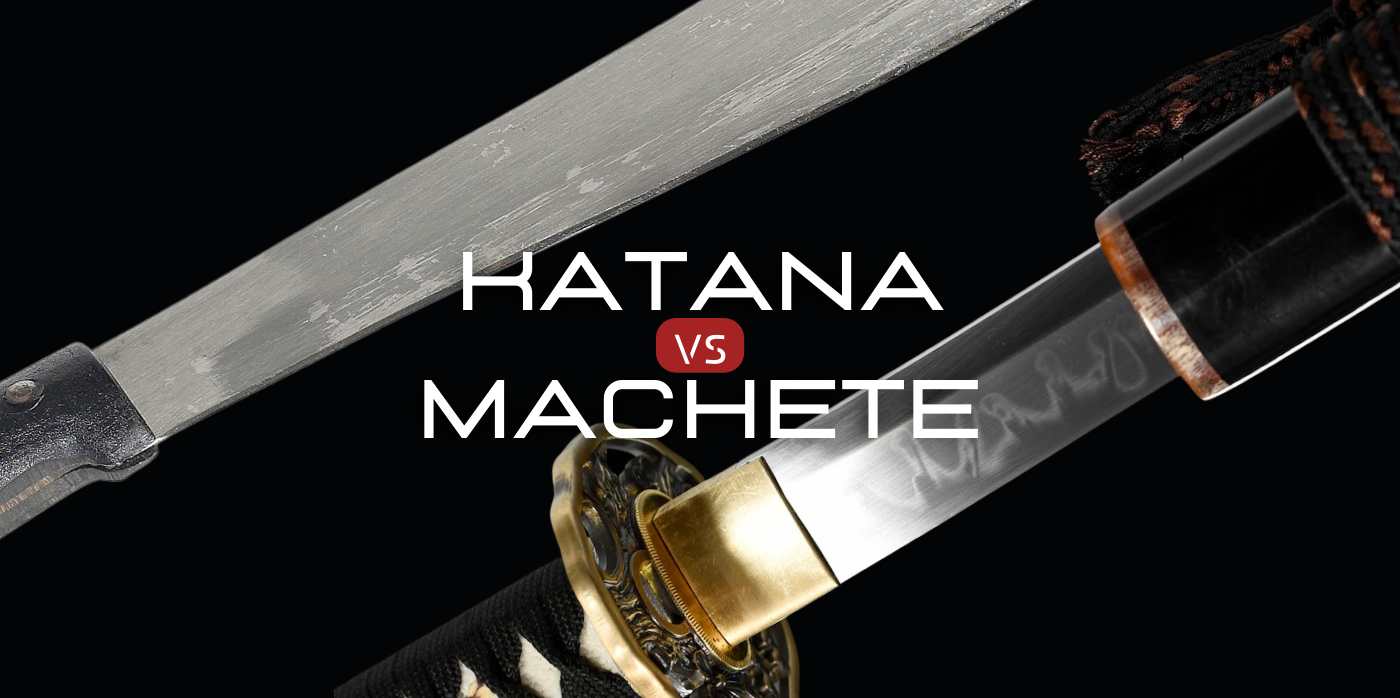Understanding the weapons of the historical Japanese warrior class, the samurai, requires diving deep into a culture that honors craftsmanship, precision, and tradition. Two such weapons that stand out are the Tanto and the Katana. Both have distinct roles, applications, and historical contexts which we will unravel in this comprehensive comparative guide.
1. A Dive into History: Origin of Tanto and Katana
Sword history tells us that the Tanto (短刀) originated during the Heian period, a time marked by tranquility and a burgeoning aristocracy. The Tanto is a traditional Japanese short sword, known for its distinct and straight, single-edged blade. The Tanto was predominantly utilized as a preferred weapon for close combat scenarios and self-defense, establishing its ubiquity among the samurai class.
Conversely, the Katana emerged during the Kamakura period, a time marked by significant turmoil and warfare. This long sword was designed for open battlefield combat and has since become synonymous with the image of the samurai.

2. Art of the Blade: Craftsmanship and Design
The craftsmanship involved in creating these blades is worth noting. The Katana, celebrated for its impeccable sword craftsmanship, undergoes a detailed process involving repeated heating, folding, and hammering to produce a blade of unmatched sharpness and durability.
Conversely, the Tanto sword has a more straightforward manufacturing process. Despite its simpler creation, it does not compromise on quality or effectiveness, boasting a robust and razor-sharp edge.
3. Katana Design vs Tanto
The design of the Katana and Tanto reflect their differing purposes. The Katana usually measures between 60-73 cm (23.6 - 28.7 inches), boasting a curved, slender, single-edged blade, a circular or squared guard, and long grip to accommodate two hands. The curve of a Katana's blade allows for effective mounted combat, enabling sweeping, graceful cuts.
In contrast, the Tanto typically measures between 15 and 30 cm (12 inches) with a straight, single-edged blade. You can find various tanto designs, though Kissaki (pointed) and Okissaki (larger point) styles were common. Its compact size makes it more convenient for indoor fighting and for targeting unprotected areas of an opponent's body.
4. Katana Usage and Practicality vs Tanto
Would a Tanto or a Katana Have the Advantage?
The advantage between a Tanto and a Katana heavily depends on the combat situation. In an open battlefield, the Katana's reach and cutting power give it an undeniable advantage. However, in close-quarters combat, especially indoors, the Tanto's compact design and piercing ability might make it more effective.
In terms of sword weight and balance, the Katana's design promotes a more balanced weight distribution, owing to its longer blade and hilt. This allows for swift, sweeping movements, which were ideal in battlefield scenarios.
Can you use a Tanto and a Katana together in combat?
Historically, samurai warriors would carry both a Katana and a Tanto. The Katana would be used for open conflict, while the Tanto could be drawn for closer engagements or as a backup weapon if the Katana was lost or broken. The Tanto was also used for ceremonial purposes and the seppuku.
5. Katana Historical and Cultural Significance vs Tanto
The Katana and Tanto both hold significant places in Japanese culture, though their historical uses and symbolism differ. The Katana, as the primary weapon of the samurai, stood for the warrior's valor, honor, and societal standing. It transcended the role of a mere weapon to become an integral part of the samurai's spirit.
Conversely, the Tanto was largely linked with the samurai class's women. This blade not only acted as a self-defense tool but also played a part in ritual suicide among women. As with the Wakizashi, it frequently formed part of the samurai's Daisho, the complementary pair of swords a samurai carried. This imbued it with symbolic importance, underscoring the samurai's sense of honor.
Summary:
- The Katana and Tanto are both products of Japanese craftsmanship, yet they differ in size, design, and primary function.
- The Katana, a longsword, excels in open combat due to its reach and cutting power, while the Tanto is more practical in close-quarters engagements.
- Historically, a samurai would carry both a Katana and a Tanto.
- Both the Katana and Tanto hold cultural and historical significance, though they represent different aspects of the samurai's life and honor.

To conclude
The Tanto vs Katana comparison emphasizes the diverse range of Japanese swords and the unique roles they played throughout history. Though they each have their distinct advantages and uses, the decision between the two would largely depend on the context and individual preference.
From the battlefield to the quiet precision of close quarters combat, from the grandeur of the samurai class to the solemn ritual of Seppuku, the Katana and the Tanto continue to symbolize the essence of Japanese martial tradition and craftsmanship.




